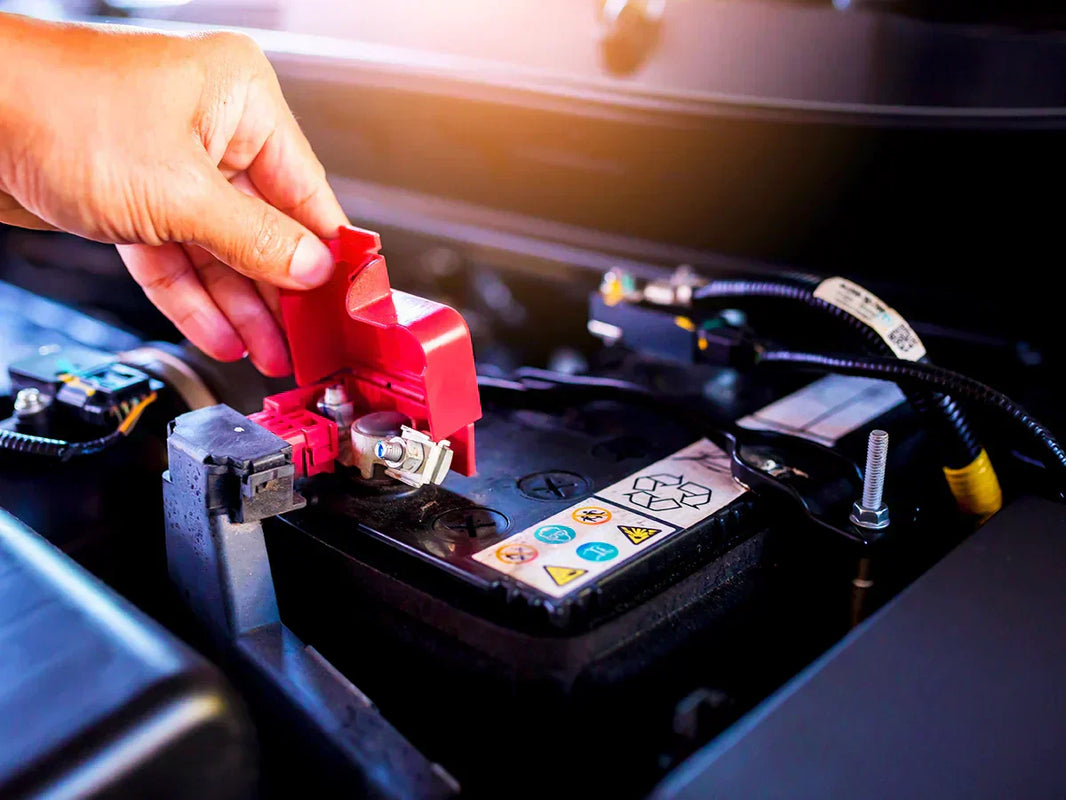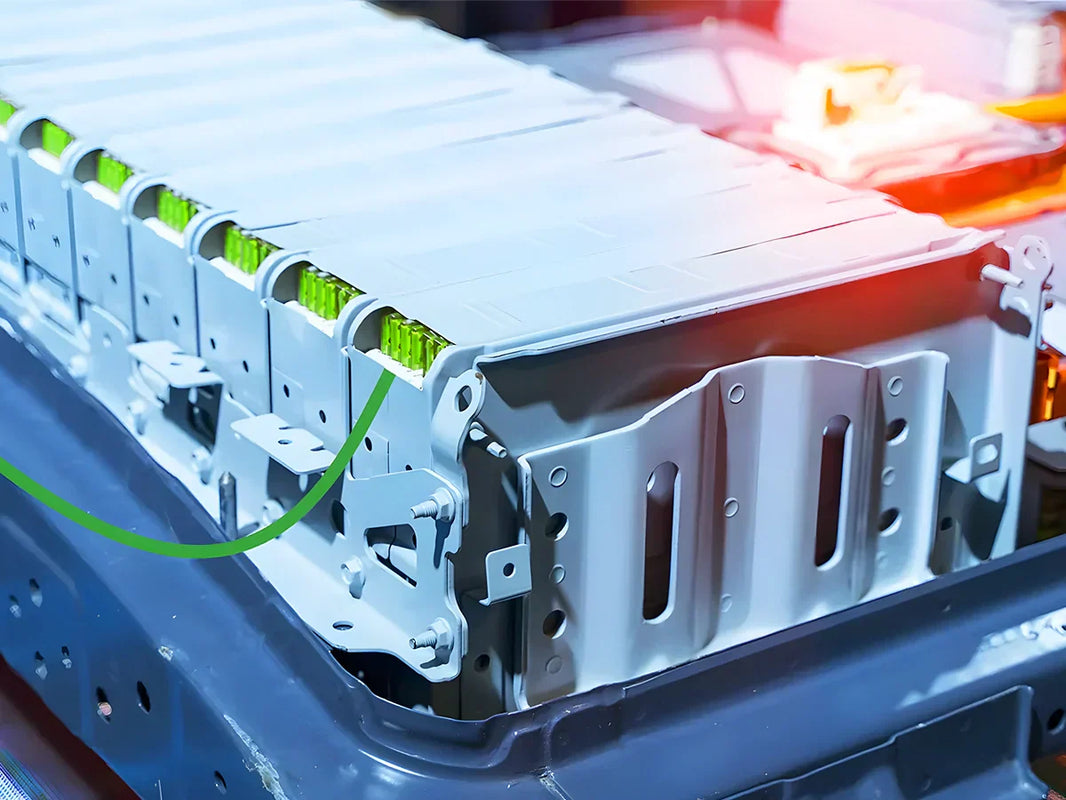
Standalone inverters are key components in the world of off-grid power solutions and renewable energy. These electrical devices are essential for transforming solar-generated direct current (DC) into the alternating current (AC) required to run delicate electronics and home appliances.
We will delve into the realm of standalone inverter in this extensive tutorial, covering its description, function, benefits, drawbacks, and differences from grid-connected inverters. We will also assess the TYCORUN inverter's performance and discuss the elements to take into account while designing a solo inverter. We will also cover some commonly asked questions in order to make sure you have all the knowledge you require regarding standalone inverter.
Main content:
- What is a standalone inverter and its role?
- The purpose of a standalone inverter
- Advantages and disadvantages of standalone inverter
- Difference between standalone inverter and grid-connected inverter
- Considerations when specifying a standalone inverter
- Is TYCORUN standalone inverter a good choice?
- Conclusion
- FAQs
1. What is a standalone inverter and its role?
One essential element of off-grid solar systems is a standalone inverter. It is in charge of transforming solar panels' DC electricity into useful AC power. Solar panels, batteries, charge controllers, and a standalone inverters are some of the essential parts that cooperate in a standalone solar system to deliver a dependable and uninterrupted power source. When grid electricity is absent in remote areas, these components work together to guarantee power availability.
2. The purpose of a standalone inverter
The main function of standalone inverter is to make it possible to use AC electricity in off-grid situations. It makes it possible to run a variety of appliances and electrical gadgets by converting DC power into AC, providing a practical and comfortable off-grid living environment. In an emergency, in a distant area, or in a scenario where grid power is unavailable.

3. Advantages and disadvantages of standalone inverter
Advantages:
- Compact and robust design: Because of its portability, durability, and light weight, standalone inverter is ideal for a range of uses, including home and emergency use.
- Safety features: The standalone inverter and connected devices are kept secure by integrated safety protection, which includes short circuit protection, reverse connect protection, over-voltage and under-voltage protection, AC overload protection, and over-heating protection.
- Energy efficiency: With an efficiency of 90%, standalone inverter save a lot of energy and enable the use of a greater number of devices. They further use less energy since they have reduced no-load losses.
Disadvantages:
- Initial cost: Out-of-grid systems may incur greater initial costs for standalone inverter and other components than for grid-connected systems.
- Battery maintenance: Regular maintenance and replacement of batteries are necessary for off-grid systems that use standalone inverter, which raises the overall cost of the system.

4. Difference between standalone inverter and grid-connected inverter
The main way that standalone inverter and grid-connected solar inverters differ from one another is in how they are used. When the grid is unavailable, standalone solar inverters are intended for off-grid systems to supply electricity.
They are usually utilised in isolated locations and operate separately from the utility grid. Grid-connected inverters, on the other hand, are made to cooperate with the utility grid in order to facilitate grid support and energy feed-in. In environments where grid power is easily accessible, such as homes and businesses, these inverters are frequently used.
5. Considerations when specifying a standalone inverter
A number of considerations should be made when choosing a standalone inverter for your off-grid system:
- System power requirements: To select an standalone inverter that can meet your needs, find out what voltage and wattage your appliances and devices require.
- Inverter output quality: Since pure sine wave output is necessary for delicate electronics, make sure the inverter generates one.
- System voltage: For compatibility, match the voltage of the inverter to the voltage of your energy storage battery pack.
- Safety and protection features: To protect your equipment and guarantee dependable operation, look for standalone inverter with built-in safety features.
- Efficiency: Energy savings and operating costs can be achieved with high-efficiency inverters.
- Surge rating: When powering devices with initial power spikes, a high surge rating helps.
- Brand reputation: To guarantee product quality and dependability, choose trusted brands.

6. Is TYCORUN standalone inverter a good choice?
The Pure Sine Wave Power Inverter from TYCORUN is a fantastic option for a variety of uses. It is a top-performing standalone inverter because of its features, which include a pure sine wave output, high efficiency, safety precautions, surge rating, energy savings, and compact design.
The TYCORUN pure sine wave power inverter is an example of a standalone inverter that produces a pure sine wave output that closely resembles utility power quality. The safe and interference-free operation of delicate devices depends on this superior waveform.
An ultra-silent cooling system and ground-fault circuit interrupter protection improve usability and safety. TYCORUN is a dependable option for off-grid power solutions since it can supply clean, dependable energy and power delicate devices. If you want to use this inverter, you can click the links below:
|
|
500w
|
1000w |
2000w
|
3000w
|
|
Product image
|
||||
|
Price & Discount
|
$49.9(-29%)
|
$98.99(-29%)
|
$199.90(-20%)
|
$229.00(-23%)
|
|
Rated Input Voltage
|
12VDC
|
12VDC
|
12VDC
|
12VDC |
|
Continuous Power
|
500w
|
1000w
|
2000w
|
3000w |
|
Peak Power
|
1000w |
2000w |
4000w |
6000w |
|
More information |
Click to get the details |
Click to get the details |
Click to get the details |
Click to get the details |
7. Conclusion
In situations where traditional grids are unavailable, standalone inverter deliver dependable, clean electricity. They are essential for a variety of applications due to their many benefits, which include surge capacity, energy efficiency, and safety features.
8. FAQs
Q1: Is there an inverter that does not need a battery?
A: Batteries are necessary for standalone inverter in order to store excess energy and guarantee a steady power supply, particularly at night or during times when solar generation is low. Batteries are therefore a necessary component of off-grid systems that use standalone inverter.
Q2: Can you use an inverter alone?
A: Although inverters are made to transform DC power into AC power, they don't form a complete off-grid system on their own; other parts like solar panels, batteries, and charge controllers are needed. On their own, inverters are unable to function efficiently.
Q3: Should an inverter be plugged in all the time?
A: Yes, the inverter must always be connected and operating in order for an off-grid system to provide continuous power. It must be constantly plugged in and operating because it is essential to maintaining a stable power supply.
Different types of inverters are available from Tycorun, please check 3000 watt car inverter, 2000 watt inverter, 1000 watt inverter, 500 watt inverter
Related posts: best solar inverter, 12V 6ah lithium ion batteries, 12v 100ah deep cycle battery




















